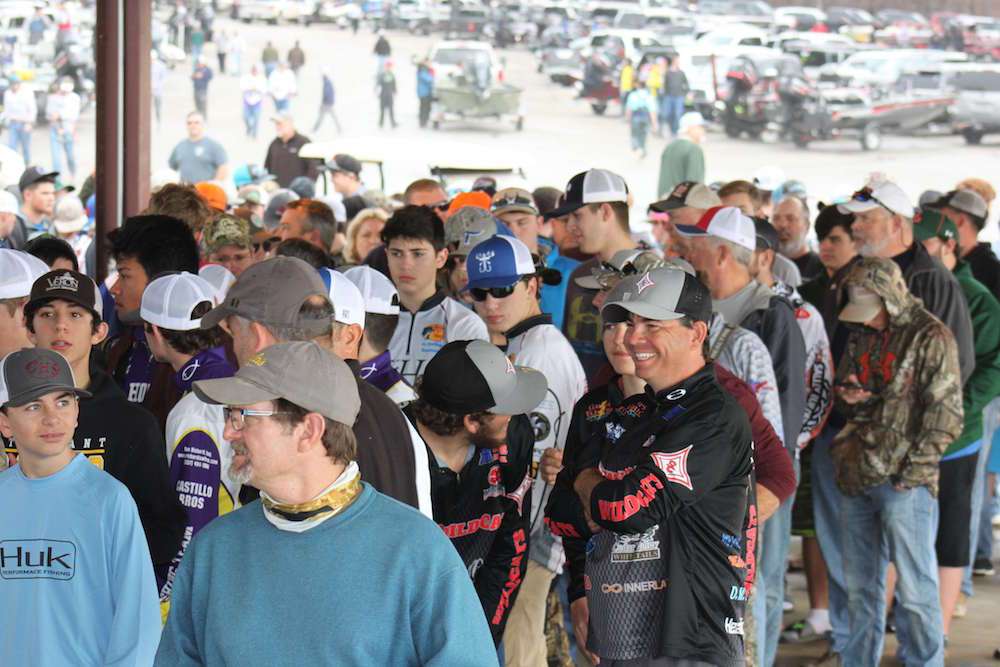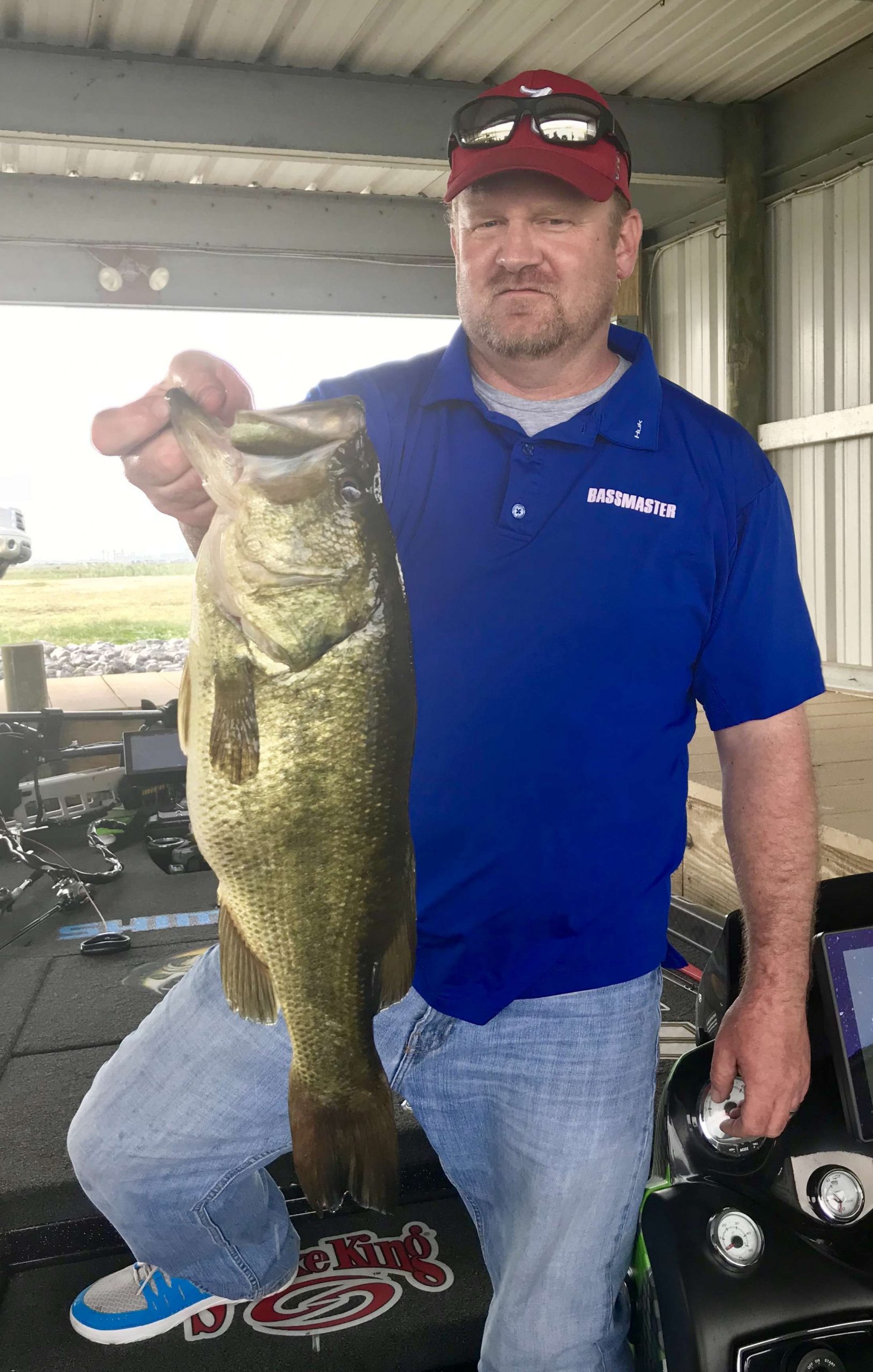
There’s a major high school sporting event taking place in Alabama this weekend.
When someone says that in this state, they’re usually talking about football.
But this event won’t feature any popping of pads or yellow flags for unsportsmanlike conduct. It won’t be marred by torn ACLs or broken bones. And there won’t be any coaches stomping up and down the sidelines spewing profanity at a bunch of 15- to 17-year-old children.
This event is a fishing tournament — the Mossy Oak Bassmaster High School Southern Open presented by DICK’S Sporting Goods on Lay Lake. More than 300 teams are signed up — that’s nearly a thousand people when you consider there will be two teammates in each boat, plus a coach or a boat captain.
Other than a little rough patch on their thumbs from handling bass, the winners will leave without a scratch — and there’s virtually no chance anyone will be placed into concussion protocol after it’s over.
Please understand. My intent with this column is not to trash the sport of football.
I’m the most diehard football fan you know.
I was born in Birmingham in 1973, smack dab in the middle of Bear Bryant’s glory days at the University of Alabama. I’ve been ribbed by fishing superstars like Kevin VanDam and Greg Hackney for wearing an Alabama hat with clothes that don’t even remotely match the color crimson.
I live it and breathe it — and I have nothing but respect for the kids who play it.
But I’m glad we’ve reached a point in the evolution of high school sports where kids have other options.
When I was in high school, the boys had three athletic choices: Football during the fall, basketball during the winter and baseball during the spring.
Girls had cheerleading.
But things have changed so much — and in such a good way — that no child should feel obligated to play a sport he or she isn’t suited for.
The first big move for high school sports was the spread of wrestling from the Midwest to the farthest reaches of the country. On a high school wrestling mat, a 120-pound kid is matched with another 120-pound kid — unlike high school football, where a 120-pound defensive back is often asked to step in front of a 220-pound running back.
More schools around the country now have archery and trap shooting teams — two sports that allow children to compete mostly against themselves instead of engaging in a physical mismatch.
Then there’s fishing.
High school fishing has grown to the point that B.A.S.S. now recognizes an annual All-American team. Kids are earning scholarships to move on and fish in college, and college tournaments have turned into major events.
One Bassmaster High School All-American, Pell City (Ala.) High School’s Zeke Gossett, recently had his jersey retired by his school. As far as we know, he’s the first kid in America to have his jersey retired for his high school fishing accomplishments.
How cool is that?
Again, I’m the farthest thing from anti-football.
From the wishbone offense, to the no-huddle spread, to dime packages on defense, I consider myself a student of the game.
But the recent studies linking the physicality of football to life-threatening ailments like Chronic Traumatic Encephalopathy and Amyotrophic Lateral Sclerosis (Lou Gehrig’s disease) are terrifying.
Thankfully, measures are being taken at all levels of the sport to reduce the risk of such long-lasting effects — and if you’re a young kid taking part in your high school’s spring practice right now, I sure hope you’re observing those measures.
Most of all, I hope you’re on the field because you truly want to be.
Not because you think you don’t have other options.

